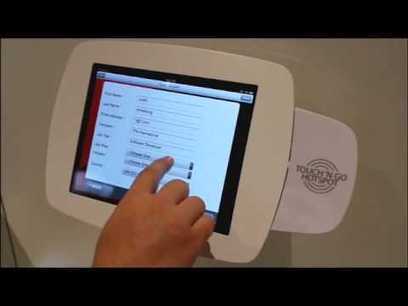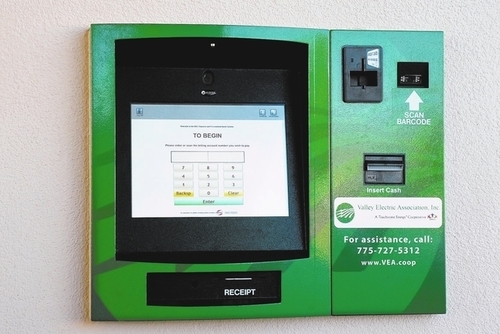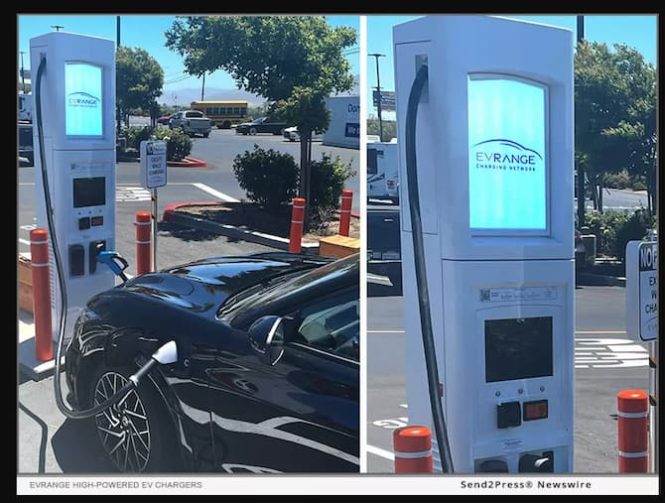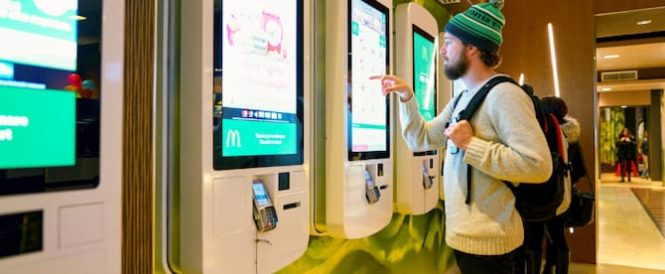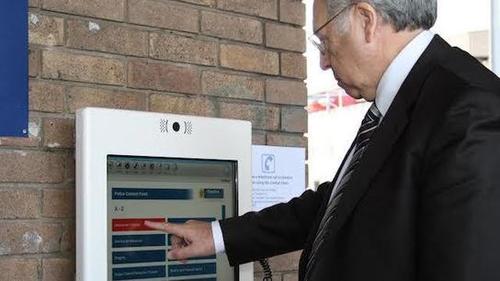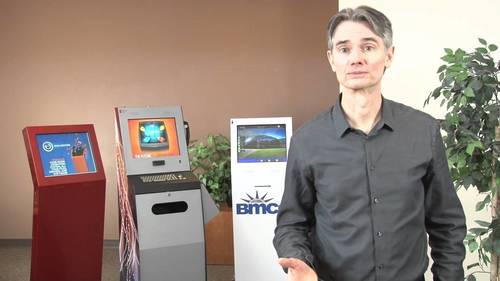The ANSI Electric Vehicles Standards Panel (EVSP) is a cross-sector coordinating body whose objective is to foster coordination and collaboration on standardization matters among public- and private-sector stakeholders to enable the safe, mass deployment of electric vehicles and associated infrastructure in the United States with international coordination, adaptability, and engagement. Outputs of the EVSP in the 2011-2014 timeframe included a Standardization Roadmap for Electric Vehicles (Version 2.0, May 2013), a Progress Report (November 2014) against same, and a Standards Compendium. Though the priorities have shifted in many respects with the new focus on EVs@Scale, aspects of the earlier EVSP work may be drawn upon as needed.
Call For Participation
Contact: Susanah Doucet
(212) 642-4931
[email protected]
Calling All Stakeholders: ANSI to Develop Roadmap of Standards and Codes for Electric Vehicles at Scale
Sign Up for a Working Group. Register for June 15 Kick-off Event. Consider Becoming a Sponsor.
New York, June 8, 2022: The American National Standards Institute (ANSI) announced today the launch of an initiative to develop a roadmap of standards and codes for electric vehicles (EVs) at scale. The ANSI Electric Vehicles Standards Panel (EVSP) will serve as the forum for development of the document.
In furtherance of the Biden Administration’s goal for a clean energy future, the U.S. Department of Energy (DOE) Office of Energy Efficiency & Renewable Energy (EERE) Vehicle Technologies Office (VTO) issued a June 2021 lab call funding opportunity announcement. The lab call included a pillar on codes and standards with the goal to “identify and address challenges and barriers to the integration of EVs@Scale charging with the grid created by uncoordinated development of codes and standards and the rapid advances in vehicle and charging technologies.” The EVs@Scale lab consortium formed in response committed to develop a 2022 roadmap like the earlier ANSI EV standards roadmap.
Argonne National Laboratory (ANL) is the lead lab for the codes and standards pillar, supported by consortium members National Renewable Energy Laboratory (NREL), Oak Ridge National Laboratory (ORNL), Pacific Northwest National Laboratory (PNNL), Idaho National Laboratory (INL), and Sandia National Laboratories (SNL). The EV@Scale initiative supports federal and state funding associated with deploying EV charging infrastructure nationwide.
The priorities of the codes and standards effort will be to identify the most critical standards for EVs at scale, including for standards to address high-power DC charging, storage (i.e., microgrid, distributed energy resource management systems) integrated with DC charging, vehicle grid integration, high-power scalable/interoperable wireless charging, and vehicle-oriented systems. Subject-matter experts interested in participating are invited to review the panel architecture and sign up for one or more working groups. A one-hour virtual kick-off event providing more details will be held June 15, 2022, at 12 noon Eastern. Register here. It is envisioned that the working groups will hold virtual meetings, twice per month, over the course of the coming year. A draft roadmap is targeted for mid-February 2023, which will then undergo public review before being finalized by mid-May 2023. Participation is open to EV stakeholders that have operations in the United States.
The ANSI EVSP is a cross-sector coordinating body whose objective is to foster coordination and collaboration on standardization matters among public- and private-sector stakeholders to enable the safe, mass deployment of electric vehicles and associated infrastructure in the United States with international coordination, adaptability, and engagement. Outputs of the EVSP in the 2011-2014 timeframe included a Standardization Roadmap for Electric Vehicles (Version 2.0, May 2013), a Progress Report (November 2014) against same, and a Standards Compendium. Though the priorities have shifted in many respects with the new focus on EVs@Scale, aspects of the earlier EVSP work may be drawn upon as needed.
ANSI’s facilitation of this initiative is supported in part by VTO/Argonne National Laboratory. Additional, exclusive sponsorship opportunities with appropriate recognition benefits are invited from industry and other directly affected stakeholders to help offset ANSI’s costs of operating the EVSP.
Calling All Stakeholders: ANSI to Develop Roadmap of Standards and Codes for Electric Vehicles at Scale
Page 2
“ANSI is pleased to once again offer its services as a neutral facilitator and bring together interested stakeholders to identify the latest standards and conformance needs and challenges associated with the deployment of electric vehicles,” said S. Joe Bhatia, ANSI president and CEO.
For more information, visit ANSI’s EVSP webpage.
About ANSI
The American National Standards Institute (ANSI) is a private non-profit organization whose mission is to enhance both the global competitiveness of U.S. business and the U.S. quality of life by promoting and facilitating voluntary consensus standards and conformity assessment systems, and safeguarding their integrity. Its membership is comprised of businesses, professional societies and trade associations, standards developers, government agencies, and consumer and labor organizations.
The Institute represents and serves the diverse interests of more than 270,000 companies and organizations and 30 million professionals worldwide. ANSI is the official U.S. representative to the International Organization for Standardization (ISO) and, via the U.S. National Committee, the International Electrotechnical Commission (IEC). For more information, visit https://www.ansi.org.





